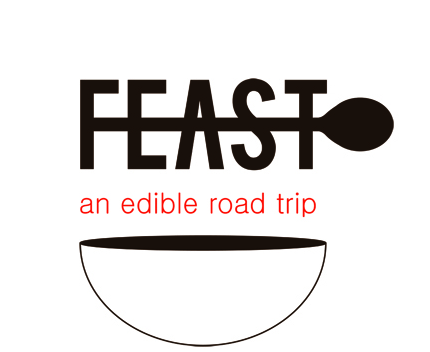Ancient Sewing Needles, Caribou Stomachs & Inuit Artifacts
Let’s travel back quickly to the museum in Churchill when, among other things, my eyes fixated on thousand year old sewing needles, hand-carved from bones. As soon as I saw them, I became keenly aware that I know nothing about survival. I take things like sewing needles, which I use only for the odd, wayward button, completely for granted.
In Rankin Inlet, we met Monica Shouldice, an Inuk woman and retired kindergarten teacher whose devotion to her heritage has resulted in an enormous collection of Inuit artifacts. Meeting Monica and learning about her culture reaffirmed this suffocating realization that despite my enthusiasm for camping, I would absolutely die in the wilderness.
Monica was born in the remote Nunavut tundra, in a sod house that her pregnant mother built by herself on the solid—but not yet frozen—autumn ground.
By spring, her mother gave birth to Monica, alone on a caribou skin, by the light of a qulliq, a traditional Inuit lamp lit by flint, arctic cotton, and animal fat.
At the time, her father was in a southern hospital being treated for tuberculosis; Monica finally met her father when she was six, when they all moved to Rankin Inlet for the opening of the nickel mine. She has eight brothers and three sisters, and her father drowned at the age of 45. Even Monica can’t believe her mother’s strength and resilience; as we sat with her and she looked around her own home, she said, “She had only a few things - not like this. This would be too many things!”
Monica went on to tell us numerous tales of growing up and hunting in Nunavut. As soon as school finished, her mother used to take her and her siblings to the river to hunt caribou, and catch and dry arctic char. She and her husband Michael continue this tradition every year, travelling to the river when the caribou herd moves through.
A traditional Inuit diet consists of meat, fat, and some berries. From Monica, we learned just a few of the many ways caribou are prepared and eaten. With caribou, as with any animal hunted and eaten by the Inuit, the salt of the seawater is the only seasoning applied.
As expected, everything is eaten or put to use; the eyeballs are coveted because they are both warming and filling, the heads are boiled for stock, the tallowed fat can be used for cooking, and the meat can be eaten frozen, raw, or dried.
The most fascinating dish we heard of (but unfortunately, could not try) had to do with the most nutritious part of the caribou: the stomach. The stomach is where the grazed vegetation accumulates, and thus, eating the stomach provides something akin to eating ‘vegetables.’ The stomach is filled with the caribous’ bone marrow, tied up (leaving an air hole), hung in the shade, and left to age for about seven days. After this time, the marrow/stomach concoction, called paqqut, can be sliced like butter, and served on dried caribou. Never would I have conceived of such a dish, but it’s been eaten and appreciated for generations.
The flavour of caribou was best described by Monica; she stated simply, “It tastes like itself.” It doesn’t taste like chicken, it doesn’t taste like beef - it tastes like caribou, and nothing else. The taste of ‘country food,’ the name given to food from the land, plays an important emotional role in the lives of the Inuit. It’s the ultimate comfort food.
A self-described ‘egg thief,’ Monica collects and eats as many varieties of eggs as possible, including duck, goose, ptarmigan, swan, seagull, and crane. Wide-eyed, we perused the large collection of eggs in her living room display case.
Monica also collects and preserves various insect varieties: most are native to the region, but she has also preserved some that have travelled in from freighter ships. Her past students used to gift her the interesting eggs and insects they’d find!
Monica has a vast collection of traditional tools, many of which were made by her husband Michael.
The most common tool in their collection is the ulu, or ‘woman’s knife,’ which is made from caribou antler and steel, and used for many diverse purposes including skinning animals and preparing food.
There was also a toggle-jointed harpoon, which very effectively pierces and captures sea animals because of its shape.
Monica also showed us some seal skin pelts, one of which was commercially tanned, and one that she was treating herself, through a long process of crumpling and stomping. Once prepared, she’ll make it into slippers, boots, and even pants! It’s one of the warmest pelts to wear in the north, and we greatly appreciated the sealskin slippers she gave us to wear while in their home.
Leaving Monica’s house, I felt enlightened and challenged by the resilience of the Inuit people, inspired by the Inuit’s profound connection to their food and land, and comforted from spending time in Monica’s wise, reverent, and motherly presence.
Right now, Monica and Michael are likely on one of their annual hunting trips, preparing a variety of animals for their family and community to eat. I only wish we could join them on the summery Nunavut terrain so they could teach us more about the northern world in which they live.
-DV


